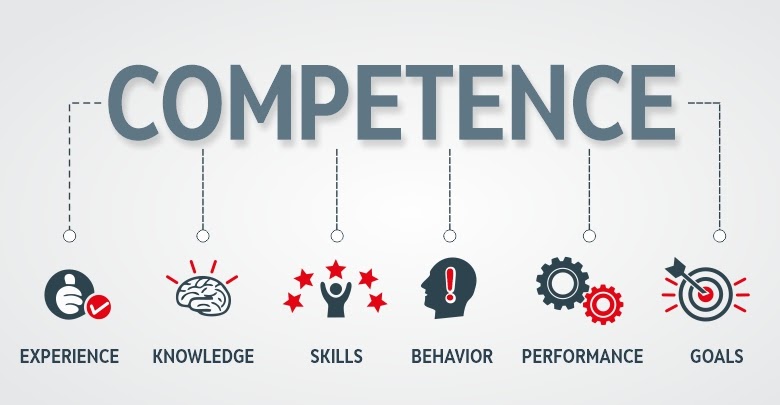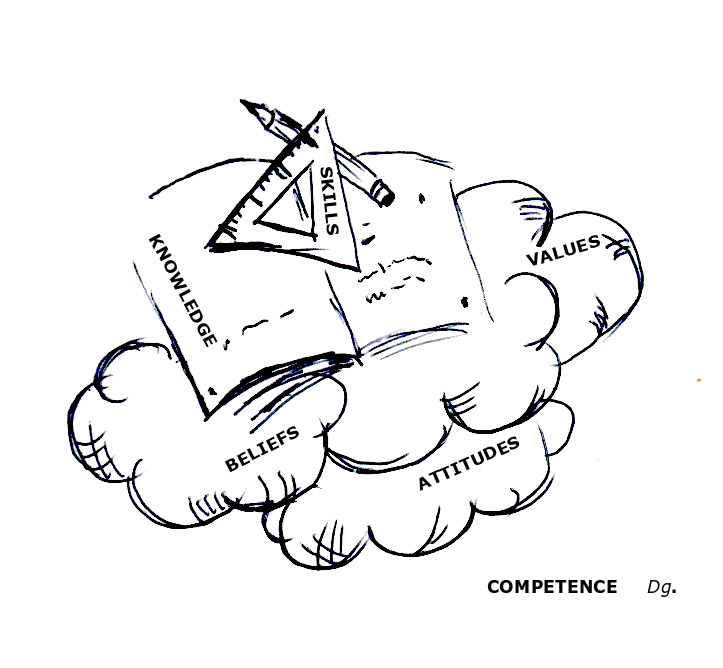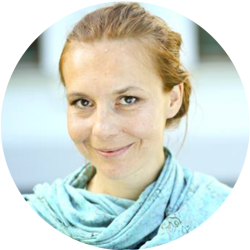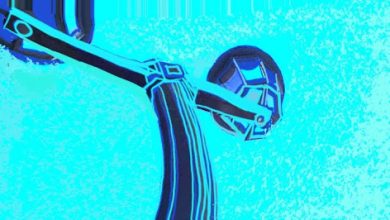Competence Hunting
In this article you will be introduced to one of the methods that present an idea of competences to different groups of learners, and at the same time it will invite you to reflect on your own understanding of ETS Competence Model for Trainers

Why did I choose this tool?
The method we are presenting in this article was tested during one of our trainings. Practice proved its simplicity and powerful learning outcome.
How does it apply to being a trainer?
Why should the Competence Model for Trainers (CMT) be introduced to the group of learners?
Till 2008 the profession trainer in the field of non-formal education was uncategorized and unrecognized. With the work of several people and 1-year-long research came the list of competences reflect dominant strengths of trainers working in the field of non-formal education. All materials concerning the model are on the official website of SALTO TRAINING AND COOPERATION RC.
Content:
What is a competence?
According to ETS Competence Model: “The term ‘competences’ refers to a system of values, attitudes and beliefs, and skills and knowledge that can be applied in practice to manage various complex situations and tasks successfully. Confidence, motivation and well-being are important prerequisites for someone wishing to successfully apply developed competences.”

Set of competences.
There are many sets of competences and each of them reflects the character of a particular profession or a level of personal development.
There is a set of competences for nurses, technicians, educators, there is a list of 31 Core Competencies in life, any many more.
The set of competences as a recognized language of quality helps to analyze the needs of the market and support accordingly designing new curriculums.
The term “competence” was not clear at the beginning. Initially, in the middle of the twentieth century there was a term “formation”, then “qualification” and finally in the early 90s it was agreed to use the term “competence”. The aim of the competence was to serve as general categories of learning achievements. Nowadays competences became a mutual language across many professions and education worldwide.
The ETS Competence Model defines seven competence areas:
- Understanding and facilitating individual and group learning processes
- Learning to learn
- Designing educational programs
- Cooperating successfully in teams
- Having a meaningful communication with others
- Intercultural competence
- Being civically engaged
The competences are described with criteria and indicators:
According to a publication “A competence model for trainers working at international level. Tools to get started”:
“The quality criteria are principles or standards that help you assess how effective and successful
you are in different competence areas. Each criterion describes the level of knowledge, skills and attitudes desired.
The indicators are obvious elements and behavior which demonstrate that you meet the quality criteria. They describe actions and reactions expressed in terms of:
- ways of thinking and approaching a task (applying knowledge),
- ways of doing things (putting skills into practice),
- ways of expressing emotions or attitudes.”
On the official website of SALTO Training and Cooperations, there are several materials and tools introducing practical side of competencies. One of them would be mentioned before: A competence model for trainers working at international level. Tools to get started.
https://www.salto-youth.net/downloads/4-17-3858/Booklet_Tools_to_Get_Started_Final.pdf
It helps to learn how to use the competence model in different ways and for a variety of purposes.
Competency Based Education replaces the conventional model in which time is fixed and learning is variable with a model in which the time is variable and the learning is fixed. CBE is built around clearly defined competencies and measurable learning objectives that demonstrate mastery of those competencies.
During a training based on competency based learning “ITsUpToMe” organized by Naturkultur. ev, we have introduced a new method: „The competence hunting”, which in an interactive way introduces an idea of competences and provokes interesting discussions, also inspiring for the trainer him/herself:
VIDEO: European trainers competence model workshop. NarurKultur.ev.
https://www.facebook.com/trainthetrainersitsuptome/videos/440126156833457/
Excercise
The Competence Hunting method:
COMPETENCE HUNTING – looking for valuable finds 🙂 Method designed for 10 – 50 learners.
- Exploration Walk across a room divided into 7 sectors of Competence Model for Trainers. Each sector has a name of competence, several guiding questions, and quote from a competence. Participants are invited to walk freely and talk, trying to explain how they understand particular areas.
- Interview – FINDS – mutual understanding in a group. The participants sit down in random sectors, a trainer approaches each sector and interviews 1 or 2 participants; how do they understand this particular category of competence?
- My treasure/competence – participants are asked to go to the sector of competences where they feel the strongest “go to the sector in which you feel the strongest and most confident as a trainer” Participants are asked to look around in order to understand who has similar competences (treasures) in a community and who has different ones.
- Competence hunting – “which competence would you like to develop, improve?” Participants are asked to go to the sector of competences where they feel most curious, they would like to develop this competence. Participants are asked to look around to understand who has similar needs in a community and who has a different one. This is a first stop towards the learning Each one teach one.
Your personal growth as a trainer during this workshop:
The key aspect of this method is to allow yourself to be open for unexpected comments from a group of participants. By listening carefully to the conversation around the competences, you may feel the power of it, and have a wider understanding.
Reflection
- What is your strength?
- What would be your goal of improvement?
- How would you describe the set of competences in your own words?
- Is there a competence that is missing?





